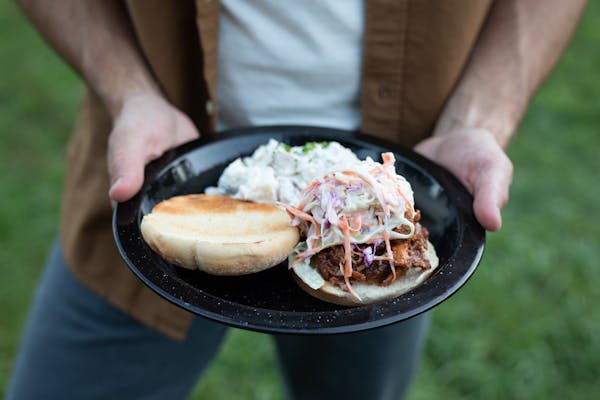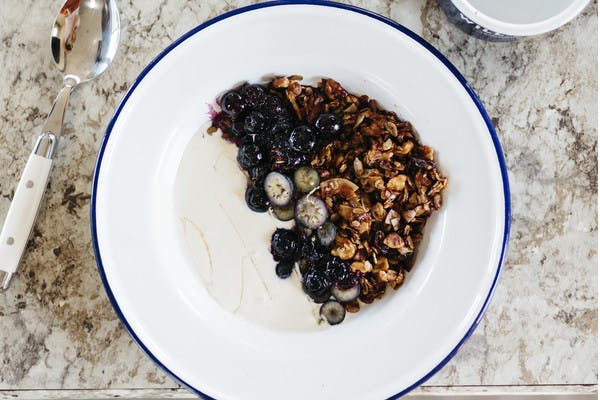Cornbread is one of those foods that has the power to tie a meal together, but it’s versatile enough to customize to your heart’s delight. A classic cornbread goes equally well with cold-weather chili and stews as it does with summer barbeque. I’ve seen it dressed up with all manner of other ingredients––jalapeños, black beans, maple syrup and bacon. I even once came across a bakery serving cornbread muffins with entire hard boiled eggs inside, a well-rounded breakfast ready to travel.
The origins of cornbread are clear. Native Americans have been cooking with corn (or maize, as they taught us in school) for thousands of years, well before European settlers came to America. European immigrants who settled the South learned from Native tribes like the Cherokee, Chickasaw, Choctaw and Creek how to cook traditional recipes with corn and cornmeal. Then they set about trying to use cornmeal to adapt the bread recipes they brought with them from their countries of origin.
Cornmeal is such an adaptable ingredient, and can be used to create both leavened and unleavened bread products. Cornbread is leavened by the addition of baking soda or powder, but unleavened adaptations include hush puppies, johnny cakes and cornpone, all delicious in their variety. Even among recipes just for cornbread, you’ll find regional differences that create slightly different textures and flavors depending on where you are in the U.S.









